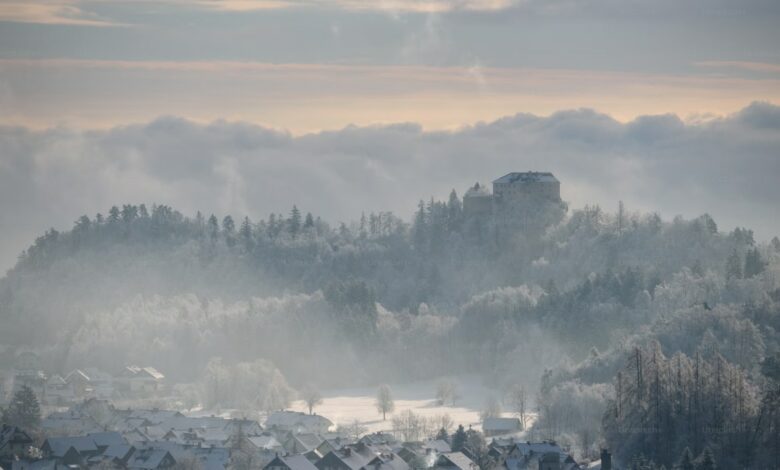Research shows that industrial aerosols can cause local snowfall through freezing clouds

Research led by the University of Tartu has revealed a possible link between industrial air pollution and local snowfall. Observations using both satellite and ground-based radar indicate that industrial facilities in North America, Europe and Asia can produce local snowfall by causing ice formation in supercooled clouds. This phenomenon, observed near factories such as copper smelters and coal-fired power stations, results from the release of aerosol particles that interact with clouds in specific atmospheric conditions. Dr. V. Toll, associate professor at the University of Tartu, emphasized the importance of interdisciplinary research in identifying this process.
Aerosols and snow formation
Industries, especially those involved in cement production, metallurgy and fossil fuel combustion, emit aerosols: small solid and liquid particles that significantly affect the properties of clouds. Aerosols have been shown to increase the number of cloud droplets, making clouds brighter and reducing solar radiation reaching the Earth’s surface. However, the new findings suggest that under certain conditions these particles also cause the freezing of liquid cloud droplets, resulting in snowfall downwind of industrial sites. Weather radar images taken near industrial sites in Canada and Russia show unique snow plumes, a discovery confirmed by satellite data indicating a simultaneous reduction in cloud cover.
Hypothermia in cloud droplets
Cloud droplets can remain in liquid form at temperatures as low as -40 degrees Celsius in a process known as supercooling. Only when suitable particles, such as anthropogenic aerosols, are present can these droplets freeze at temperatures between zero and -40 degrees Celsius. Toll’s team suggests that aerosol emissions, combined with heat and water vapor from industrial facilities, likely cause ice formation in clouds, resulting in snowfall. Although this phenomenon has been observed in specific locations, it is uncertain whether similar mechanisms influence cloud formation on a larger scale.
Further research required
The study, published in Science, underlines the need for further research into the role of different aerosol types in ice nucleation processes. Future research will focus on understanding whether these localized snowfalls have broader atmospheric consequences and on identifying the types of aerosol emissions that are most effective at initiating ice formation in supercooled clouds.
For the latest tech news and reviews, follow Gadgets 360 X, Facebook, WhatsApp, Wires And Google News. For the latest videos on gadgets and technology, subscribe to our YouTube channel. If you want to know everything about top influencers, follow our in-house Who is that360 on Instagram And YouTube.

Crypto Price Today: Bitcoin Briefly Hits $93,000 Before Pulling Back Amid Price Correction
New global policy to reduce plastic waste and reduce CO2 emissions by 2050




